Sarah Viren
After last week’s conversation with current Pinch Literary Awards nonfiction judge Elissa Washuta, The Pinch staff decided to reach out to past contestant Sarah Viren. Sarah was the nonfiction winner of The 2014 Pinch Literary Awards with her Nonfiction essay “My Murderer’s Futon” which was featured in The Pinch 35.1.
A year has passed since she released her first book, a collection of essays about ownership aptly titled Mine. The book was named one of Lithub's favorite books of 2018 and was long-listed for the 2019 PEN/Diamonstein-Spielvogel Award for the Art of the Essay.
We here at The Pinch are excited about Mine, the first segment of which is “My Murderer’s Futon.” Can you describe the process you took in recalling that time in your life?
I will forever be grateful to The Pinch for giving that essay a home in the first place. As for the essay itself, most of the writing process involved trying to figure out which were the best moments to use, and by best, I mean which were the most charged, emotionally and intellectually, and therefore which would help open up the essay rather than shutting it down. I’m a firm believer in writing more than you will ever use, and so often I identify dozens of memories from a certain time period—in part by looking at my journals to see which moments I thought were important at the time—and then I let myself relive them on the page until I figure out which moments create the most narrative and intellectual friction. In the case of “My Murderer’s Futon,” I eventually realized that two scenes were key: the one with the police chief and the scene at the end when I discover the strange stains in Durst’s kitchen table. The other scenes in the essay are important for narrative reasons, but those two scenes felt necessary because they were moments in which I could identify movement in the central question driving the essay, which for me was: What relationship do I have to this man whose furniture is now mine?
Your book won the River Teeth Journal’s Literary Nonfiction Book Contest, when you submitted your work did you have a finished collection of essays ready to go?
I submitted the final manuscript, yes, but after Mine won the prize, the publisher gave me three months to make any changes I wanted, and so I dedicated myself in that interim to making it the best book possible. I made a few substantial changes, including removing one essay, rewriting another essay, and adding a coda, and also smaller changes, like adding an epigraph from a poem called “A Guide to Usage: Mine” by Monica Youn, which was published after I had submitted the essay collection to the book prize, but which very much feels in conversation with my book.
Mine is described as a book about ownership, could you give us your sense of that in a few words?
Sure. In some ways, it’s more a book about the impossibility of ownership, how everything we think we own already is or one day will be lost, which sounds horrible and tragic, but I also think can be freeing. We focus so often on what is ours (and I should know: I have two children under 5 years old) that we end up limiting our ability to see the connections between our lives and the lives of others, my things and your things, etc. And so, for me, the book was a way of exploring that contradiction, and each essay considers a different element of ownership, or the illusion of ownership. Specifically, I wrote about my name, my hands, my wife, my story, my children, and then some random things like my possum (a dead opossum I once found) and my catch (a fish I caught).
You do a lot of travelling; do you have a favorite place and dish you like to recommend?
Well my wife is from Spain, and she makes what is hands down my favorite meal ever: albondigas (Spanish meatballs) with French fries. She makes her own tomato sauce for the meatballs, and I sometimes joke that the reason I married her is for that sauce. It’s delicious. So, I recommend albondigas y patatas fritas if you go to Spain, but if you do, you should know that they probably won’t be as good as Marta’s.
Do you have two or three tips you’d like to share about writing Creative Nonfiction?
Creative nonfiction is such a unique genre because it is judged by both ethical and aesthetic standards, which means that as writers we’re asked to think ethically as well as aesthetically, which can be a challenge. So the main advice I have for new writers is to figure out your position on the major ethical issues in creative nonfiction writing, and to do that you will need to read what others have written about those issues, read the myriad of approaches other writers have taken, and then decide for yourself what is right for your work. After that, focus on aesthetics, which is really the heart of what we do, and where most of the important work takes place. Besides that, I recommend keeping a journal and writing up notes immediately after an experience. And in life, pay attention to what Joan Didion calls the “images that shimmer around the edges.” When writing, take Joy William’s advice and create something that will “enchant while it explodes in the reader's face.”
